Reading Time: 12 minutes
Fishing in Brazil plunges you straight into the heart of some of the world’s best angling spots. From the iconic Amazon rainforest and its extensive tributaries with over 2,200 fish species to the sprawling coastline, it’s no wonder anglers place Brazil high on their bucket list. Few countries combine such a rich blend of culture and fishing opportunities. Brazil is a dream destination.
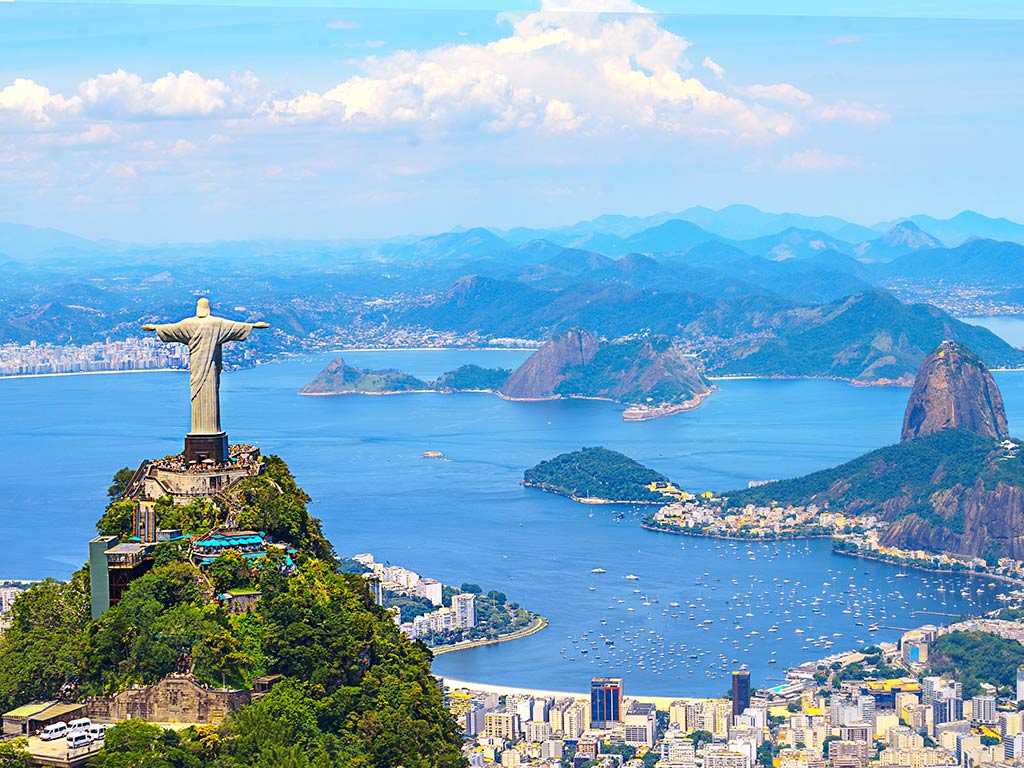
Every region feels like a new world. The crystal-clear waters of the Pantanal are home to hard-fighting Golden Dorado. Then, there are the winding waterways of the Amazon where gigantic Arapaima lurk. Every corner of this country reveals a different story. Brazil has so much to offer, be it a multi-day fishing expedition into the Amazonian wild, a short trip to the reign of the gorgeous Peacock Bass, or deep-sea adventures into the Atlantic.
In this guide, we’ll take you through Brazil’s top fishing destinations, from the lagoons of Natal to the estuaries of João Pessoa. You’ll learn about traditional baits and lures, along with the incredible fish species you can expect to come across. Whether your aim is to land a trophy, experience local fishing traditions, or just explore everything Brazil has to offer, we’ve got you covered. So, sip on your Caipirinha and dive in with us!
Top Brazil Fish Species
Covering nearly half of South America, Brazil is home to a plethora of interesting and exotic fish species. From freshwater giants lurking in the dense Amazon to large predators of the vast Atlantic, the variety here is nothing short of breathtaking. Let’s dive deeper into some of the most sought-after catches in Brazil…
Peacock Bass
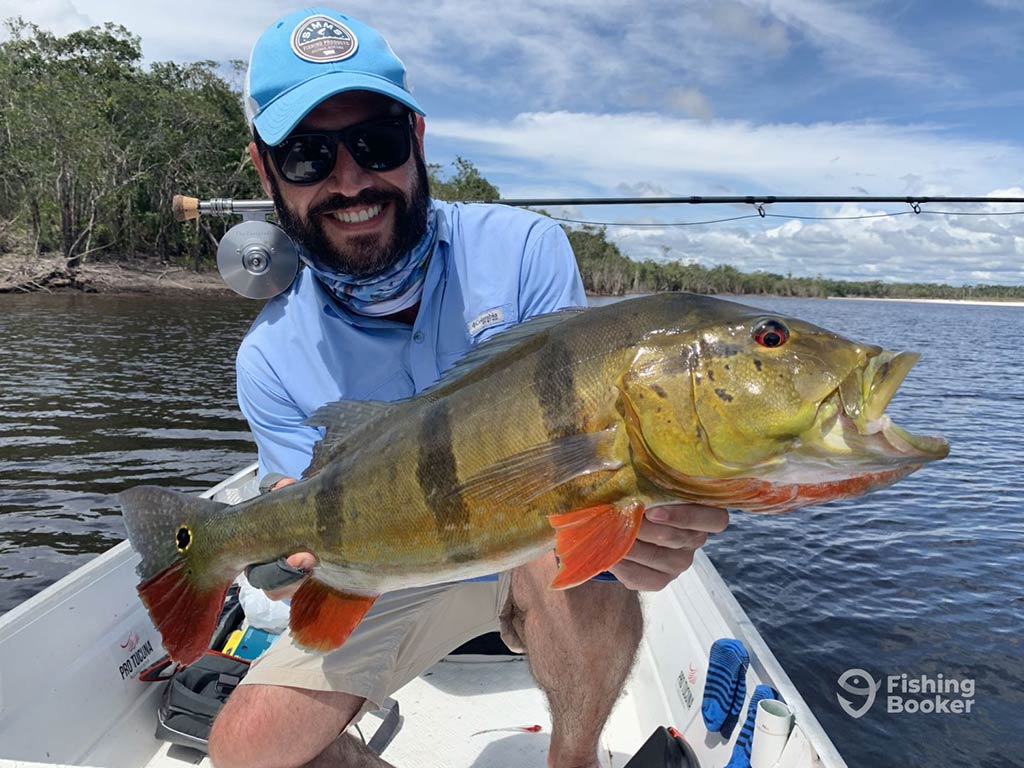
Photo courtesy of Amazon Fishing Adventure
Peacock Bass is the poster child for Amazonian angling. They hold a special place in the local scene – as they do wherever they are. Their gorgeous colors and aggressive behavior make them a top target in Brazil’s freshwater systems. Known for their ferocious strikes, they aren’t shy about going after flashy lures, especially topwater ones. In terms of size, mature Bass can exceed 30 inches and weigh over 20 pounds.
Peacock Bass mostly hang out in the warm, clear waters of the Amazon basin, preferring an environment that’s as dynamic as their personality. Major locations such as the Rio Negro and its tributaries are perfect to hunt for Peacocks.
The key to landing a trophy is preparing stout gear, as a battle with a large Bass can be pretty intense. Plus, seasonality plays a significant role when targeting these fish. Even though they’re present year-round, the ideal time is the dry season. Dropping water levels concentrate the fish in lakes and lagoons, making fishing for Peacock Bass more accessible.
Arapaima

Photo courtesy of Amazon Fishing Peacock Bass
Arapaima stand out as a prehistoric wonder among the giants of the Amazon. These are some of the largest freshwater fish in the world. Arapaima even occasionally surface for air, showing off their massive size and giving away their location. Stories of trophies surpassing 9 feet and weighing almost 500 pounds aren’t unheard of.
Landing the elusive Arapaima is a dream for many but it’s a task that demands patience and persistence. Their sheer size and power mean that you need to be equipped with heavy-duty tackle. Moreover, the fish’s mouth requires hooks that are exceptionally sharp to ensure a secure hold.
Arapaima prefer slow-moving waters. These include shallow lakes, flooded forests, and tributaries. The Manaus region and other parts of the central Amazon are go-to places if you’re up for the challenge of finding this beast.
Payara

Photo courtesy of Orinocoflies
Venturing into the turbulent waters of Brazil’s river systems, you can encounter Payara – aka “Vampire Fish” due to their menacing fangs. These ferocious predators are a testament to the wild and untamed nature of Brazil’s fishing playgrounds. With Payara’s long bodies, silver scales, and prominent teeth, they’re the embodiment of raw power.
On the size front, a mature Payara can grow up to 3.5 feet in length and weigh around 35 pounds. They primarily inhabit fast-moving waters, lurking behind rocks or submerged structures, waiting to ambush prey. Key areas to target Payara include the Orinoco and Amazon basins.
You can go after Payara using a mixture of techniques. Casting artificial lures can be effective, although many locals opt for live bait. A wire leader is essential to prevent bite-offs. Vampire Fish ambush their prey with a sudden burst of speed, so get ready for some powerful runs and acrobatic jumps!
Tuna
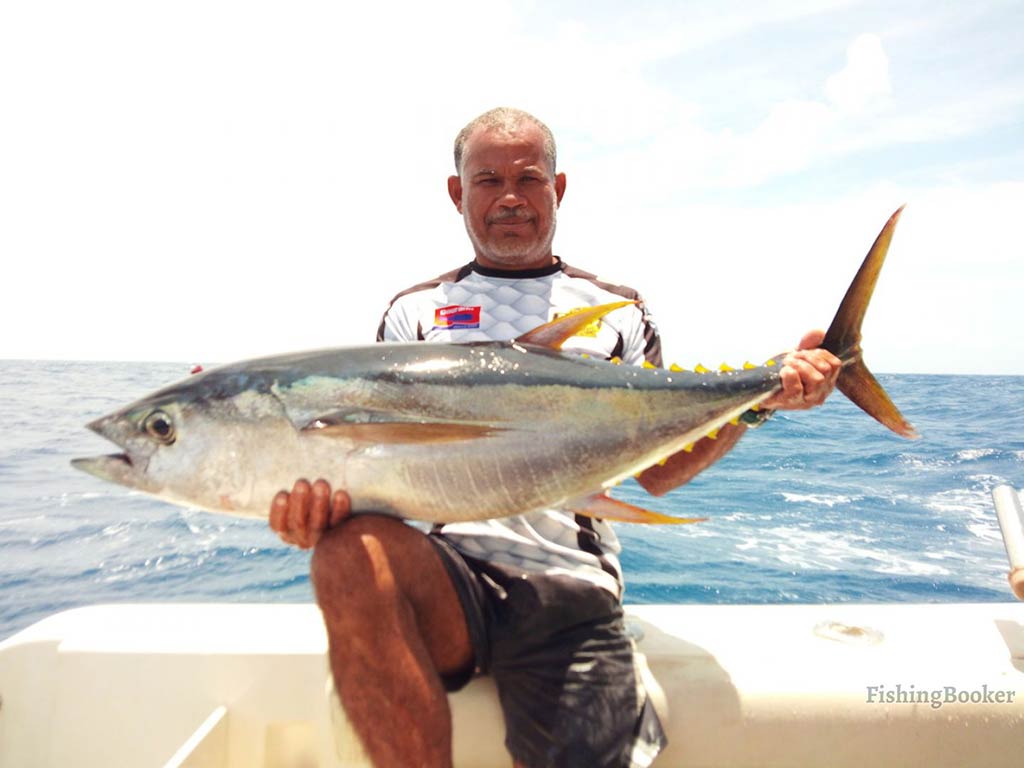
Photo courtesy of Zagaia Pesca Oceânica
Brazil’s generous coastline is home to various types of Tuna, which traverse the Atlantic in search of food. Each species, whether it’s Albacore, Yellowfin, Skipjack, Bigeye, or Bluefin, brings a distinct flavor to fishing in Brazil. Tuna are built for speed, testing the skills and gear of even the most seasoned anglers.
Yellowfin are among the most sought-after Tuna. They’re known for their incredible stamina and can exceed 200 pounds in Brazil’s offshore waters. In contrast, Bluefin are the giants of the family and have been found weighing over 900 pounds!
Each other species also has its unique traits and quirks. For instance, Albacore often venture closer to the coast, making them accessible to anglers with smaller boats. Skipjacks provide consistent action, while Bigeyes, true to their name, prefer deeper waters and are known for their large eyes. Tuna fishing in Brazil is a truly multidimensional experience!
Billfish
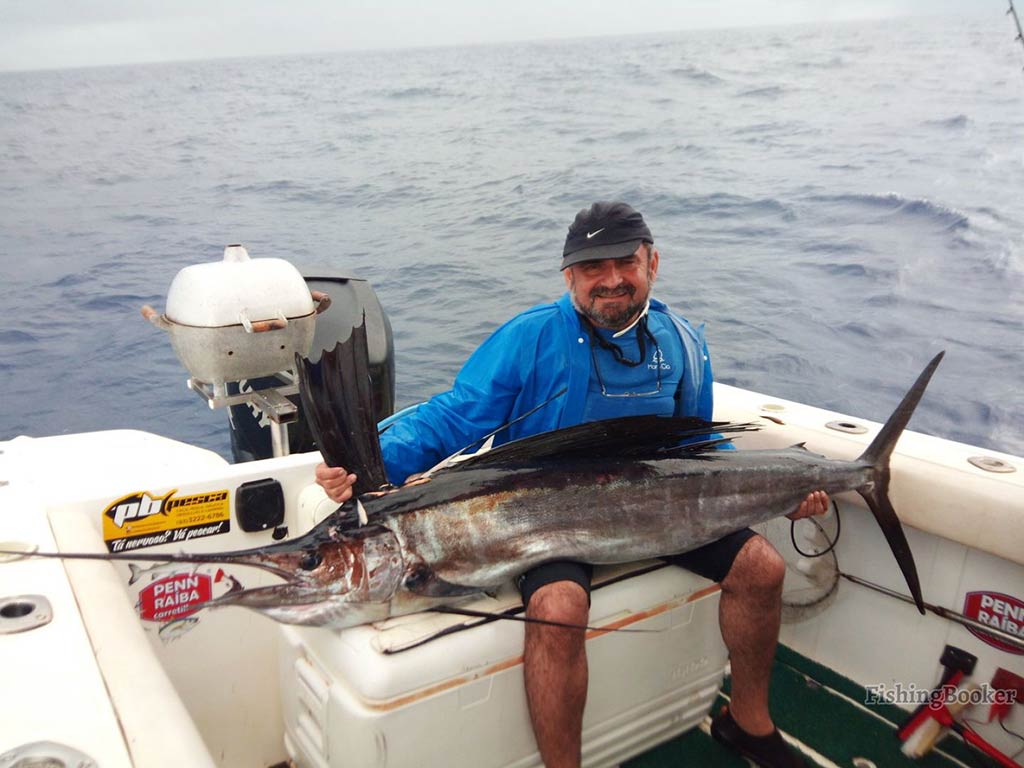
Photo courtesy of Zagaia Pesca Oceânica
The azure waters off Brazil’s coastline are also home to members of the Billfish family. Here, you can find Sailfish, Blue Marlin, and White Marlin – all an epitome of elegance and power. Their reputation precedes them, and many anglers come to Brazil with dreams of landing one of these oceanic titans. The essence of billfishing in Brazil lies in the chase, the strategy, and the unforgettable thrill of hunting for these ocean royalties.
Sailfish are celebrated for their speed. Among the fastest fish in the ocean, they can reach up to 68 miles per hour. While their sizes vary, a trophy can measure up to 10 feet and weigh more than 200 pounds.
Blue Marlin are the heavyweight Billfish, commanding respect for their size and strength. A mature fish can exceed 14 feet in length and weigh over 2,000 pounds. They’re deep-sea roamers, often found in the offshore waters of Brazil. White Marlin are smaller, patrolling the surface layers of the ocean. Here’s when trolling and bait-and-switch techniques come into play.
How to Go Fishing in Brazil
A nation celebrated for samba, carnivals, and the Amazon, you can imagine that the methods Brazilians use to fish are colorful. Knowing what species to target is just the beginning. Now, let’s delve into the how of reeling them in.
Inshore Fishing in Brazil
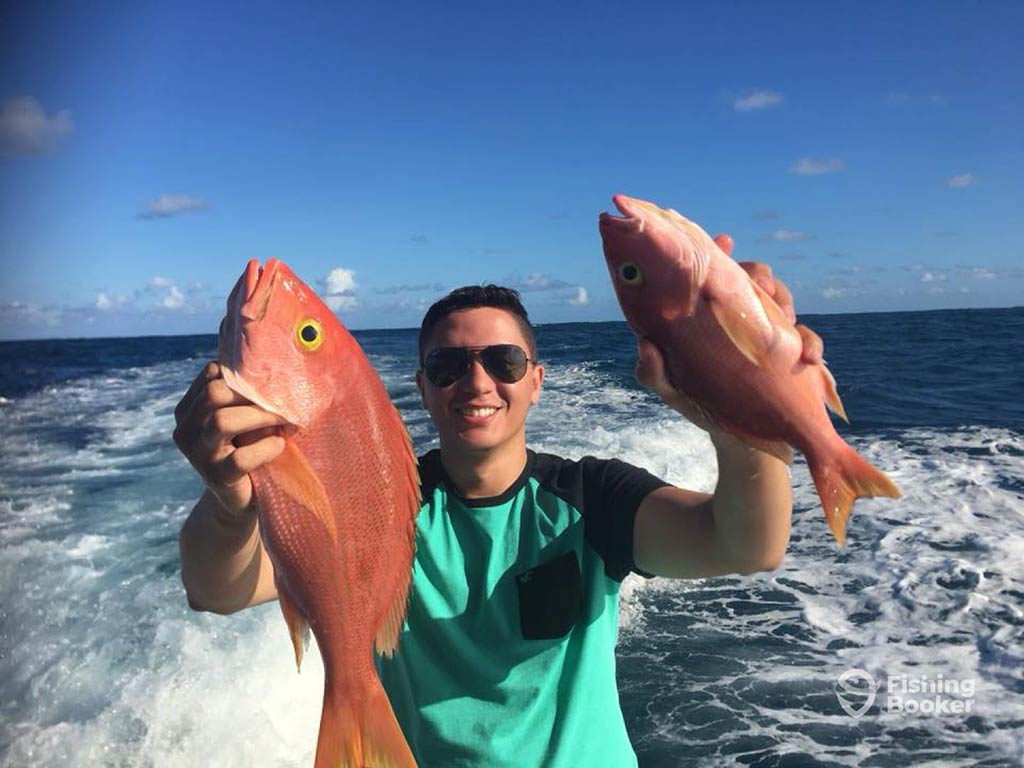
Photo courtesy of Viking Fishing Brasil – Canavieiras
The coastal pockets and estuaries of Brazil offer a different kind of allure. Natal, with its lagoons and rivers, is an inshore angler’s paradise. The city provides fertile grounds for species like Tarpon, Snook, Jack Crevalle, and Mangrove Snapper. Nearby locales like João Pessoa and Pipa also boast tranquil lagoons and saltwater marshes.
Techniques vary depending on your target and location. While fly fishing is a popular choice in the shallow waters, spinning, popping, and light jigging also prove fruitful. Inshore fishing in Brazil is as much about the ambiance as it is about the action. The calm waters, the golden sunsets, and the thrill of stalking elusive species create a soul-soothing experience. And the inshore fishing menu is pretty nice, too!
Deep Sea Fishing in Brazil
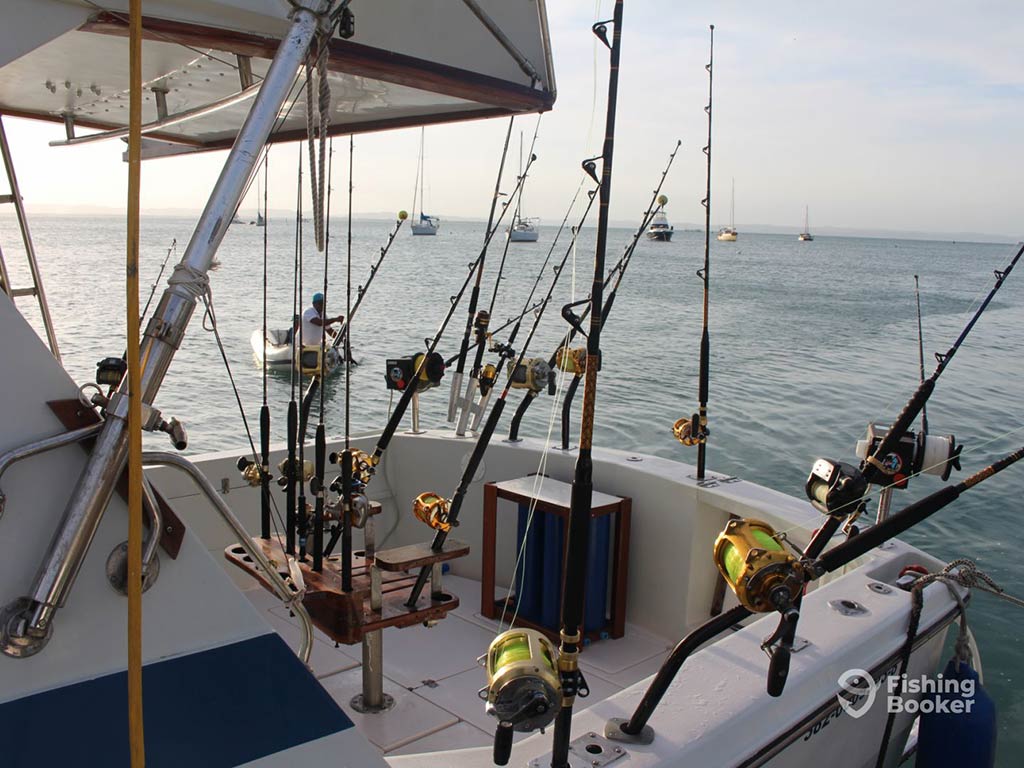
Photo courtesy of Viking Fishing Brasil – Canavieiras
Brazil’s Atlantic frontier offers more than just scenic beauty. It spans over 4,500 miles of oceanic playgrounds for anglers. In particular, the region of Bahia stands out with its astounding deep-sea potential, boasting an IGFA world-record catch of a 1,402 lb Blue Marlin.
Places like Cabedelo are also a dream come true for deep-sea enthusiasts. Just 25 miles from the coast, the continental shelf plummets, bringing anglers into the heart of the action in no time. Here, species like Blue and White Marlin, Yellowfin and Bigeye Tuna, Sailfish, and Mahi Mahi are there to be claimed.
Venturing further south towards Rio de Janeiro, the quest may stretch 30–40 miles offshore, but the rewards are equally – if not more – impressive. You can try various techniques from trolling and bottom fishing to the adrenaline-pumping experience of offshore fly fishing in Brazil.
Fishing in the Amazon
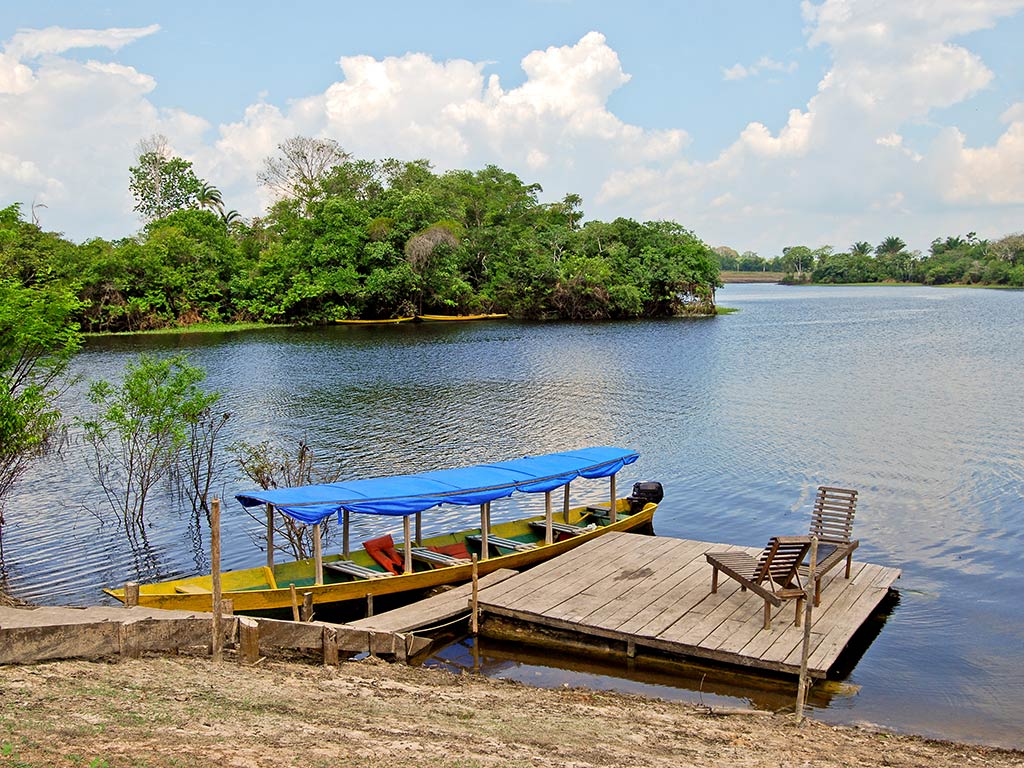
The Amazon is more than just a river. It’s a realm of its own. Stretching deep across Brazil, this mighty waterway promises unparalleled adventures. Some guided excursions venture up to 380 miles upriver, journeying into the core of this immense wilderness. You won’t be surprised to hear that Amazonian fishing trips often stretch beyond a day.
The species here are legendary. Peacock Bass are a prize sought by many but won by few. Then there are Payara, whose appearance and strength don’t need to be mentioned twice. With thousands of species calling the Amazon home, every day on these waters is a surprise.
The tributaries of the Amazon, like the Rio Negro and the Juma River, offer unique fishing experiences. As the waters recede during the dry season, these rivers become prime fishing grounds. The techniques here are as varied as the species, with fly fishing a local favorite pastime.
Charter Fishing in Brazil
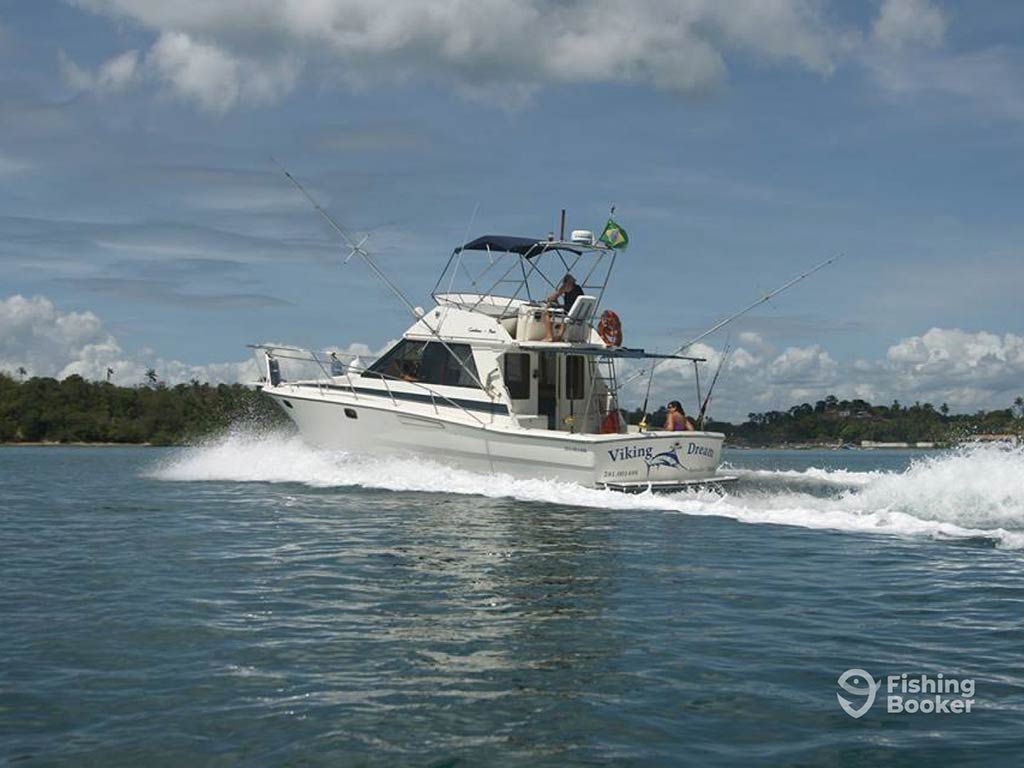
Photo courtesy of Viking Fishing Brasil
Booking a Brazil fishing charter is a must if you want the real deal. Most charters come equipped with modern amenities, a skilled crew, and a captain or a guide well-versed in local fishing spots and techniques. Whether you’re targeting Blue Marlin off Bahia or seeking Peacock Bass in the Amazon, a charter will elevate your fishing experience.
Beyond the fishing itself, charter trips in Brazil are a gateway to the country’s rich culture and natural beauty. Many charters also offer sightseeing, local cuisine tasting, and interactions with various communities, savoring the essence of Brazil.
Where to Go Fishing in Brazil
Brazil is a land of contrasts. Each region has a unique character and promises not just a catch but an unforgettable angling narrative. Let’s take a closer look at Brazil’s fishing spots, from the coast to the jungle.
Amazon Basin
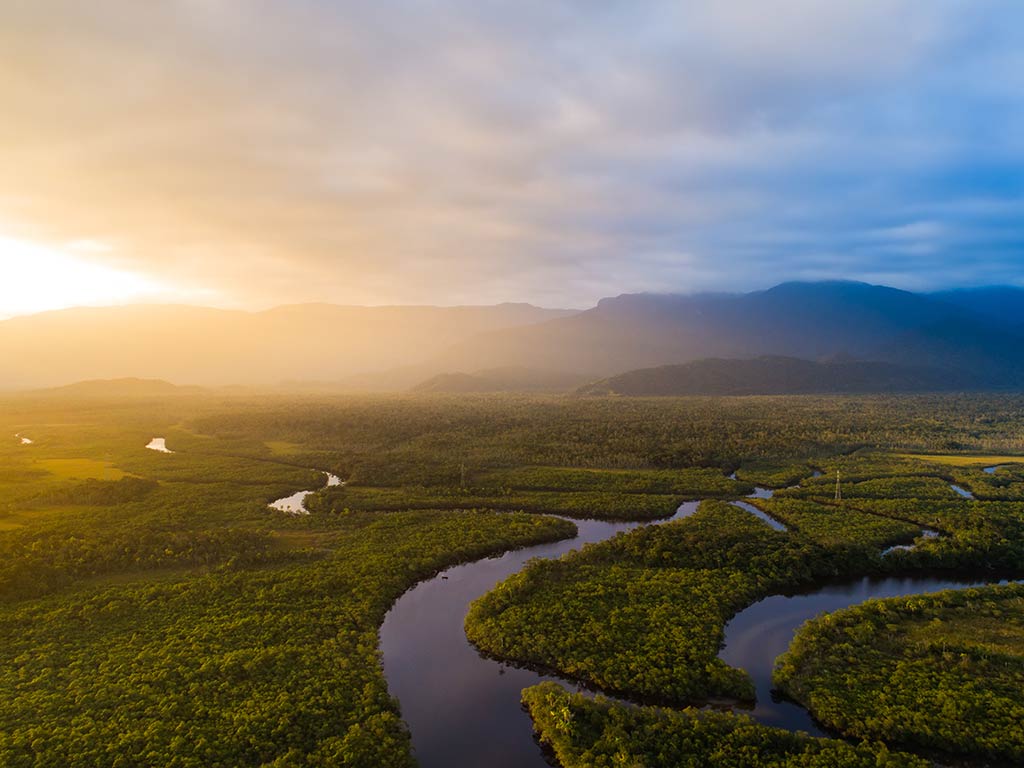
The North is predominantly defined by the Amazon Rainforest and its intricate web of tributaries. In this ecological wonder, you can delve deep into nature, surrounded by dense forests and exciting fish species.
- The Amazon River. The heart of the rainforest is home to Peacock Bass, Payara, and Arapaima. Journey deep into its waters, and you might just catch a record-breaking fish.
- Rio Negro. As one of the Amazon’s most significant tributaries, the Rio Negro is renowned for its acidic waters, which house a diverse array of fish species. This blackwater environment is ideal for targeting large Peacock Bass.
- Juma River. Another tributary of the Amazon, this river offers numerous serene spots, with dense canopies reflecting on the water. Here, the chances of hooking the exotic Redtail Catfish or Giant Trahira are quite high.
- Uatumã River. Teeming with biodiversity, the Uatumã River is an excellent spot for anglers looking to bag multiple exotic species such as Arowanas and Bicudas in a single trip.
- Tapajós River. With its clear waters and sandy beaches, this spot is perfect to hunt for Matrinxã and Pacu.
Northeast Brazil
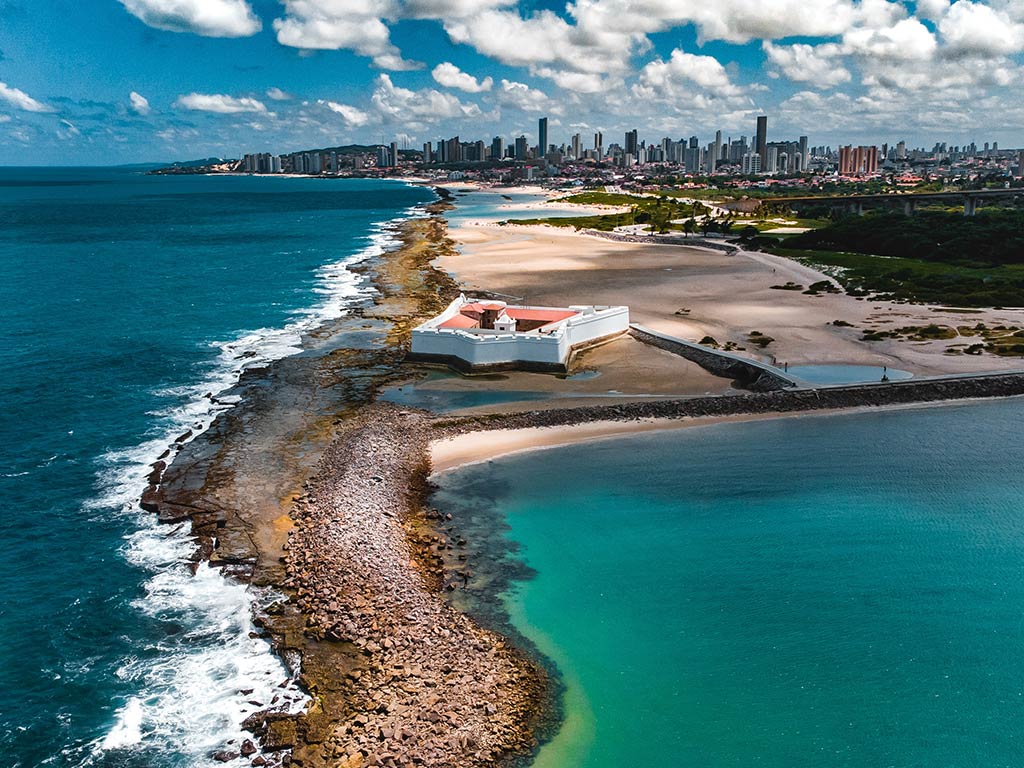
The Northeast of Brazil is characterized by pristine beaches, calm lagoons, and vibrant estuaries. Here, saltwater meets freshwater. Within this region, the river system of São Francisco is one of the most prominent spots.
Not too far away, the lagoons of Natal present calm waters that are ideal for inshore fishing. And, on the coastal front, Pipa Beach stands out for its surf fishing opportunities for Grouper and Red Snappers. Moving on, the estuaries of João Pessoa brim with Mangrove Snappers, while the coastal waters of Maceió are perfect for deep-sea enthusiasts.
Central-West Brazil
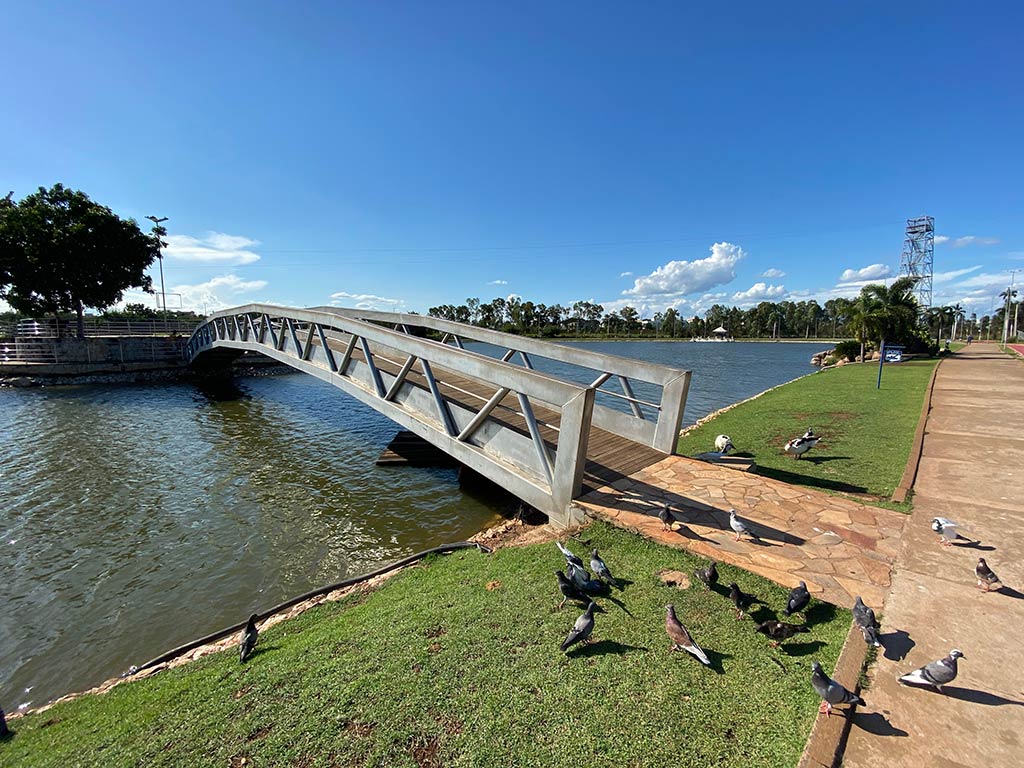
The Central-West region of Brazil is especially renowned for the Pantanal – the world’s largest tropical wetland area. Within the heart of this wetland flows the Paraguay River, a hotspot for Golden Dorado. Meanwhile, the banks of the Cuiabá River are celebrated for Pacu and Pintado Catfish.
The Piquiri River is a sanctuary for bait fish, which, in turn, attract Surubi Catfish and the rare Jungle Perch. Diving deeper into the region, the Taquari River is home to Trahira and Parrotfish. Lastly, the Aquidauana River is a famous local spot for sight fishing for Yatorana and Sorubim Catfish.
Southeast Brazil
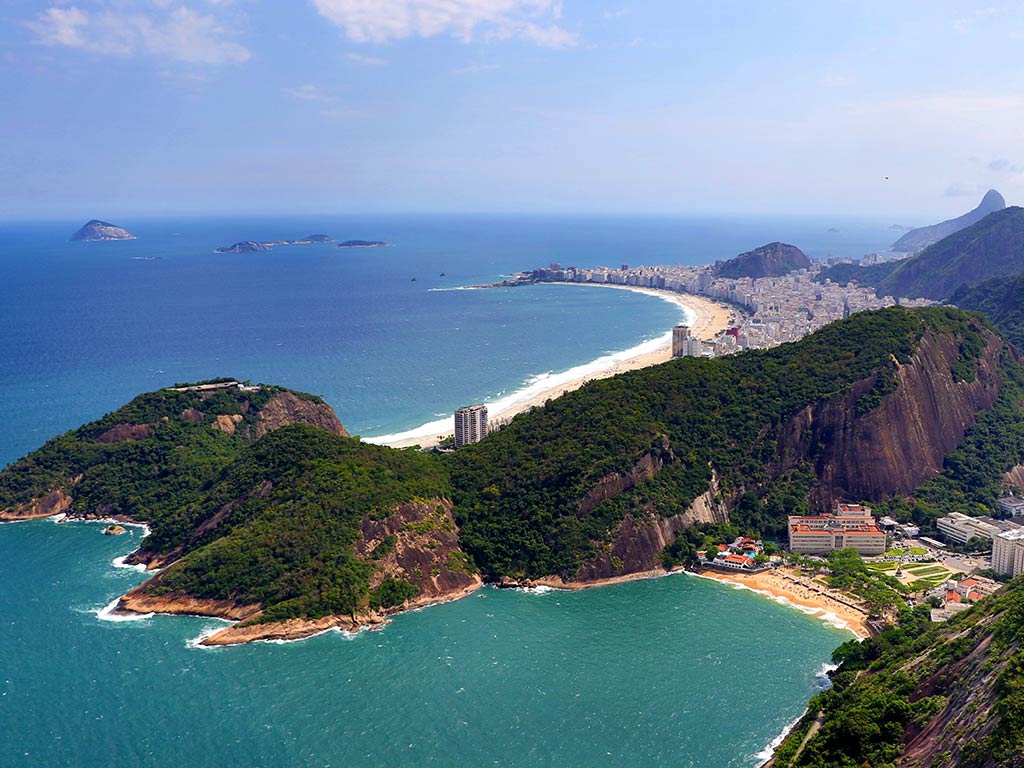
Stretching along the shores of São Paulo and Rio de Janeiro, the Southeast also offers diverse fishing. The Ilha Grande Bay is a magnet for various Tuna species. Take a little journey along the Santos coastline, and you may find Groupers and Snappers at the end of your fishing line.
Then, there’s the Angra dos Reis archipelago, a collection of islands with Mahi Mahi and Amberjack. Nearby Ubatuba is celebrated for its beaches and the list of potential catches.
Lastly, you can explore Paraty, a historic town with cobblestone streets and colonial facades, which also boasts coastal grounds with Jack Crevalle and Barracuda.
South Brazil
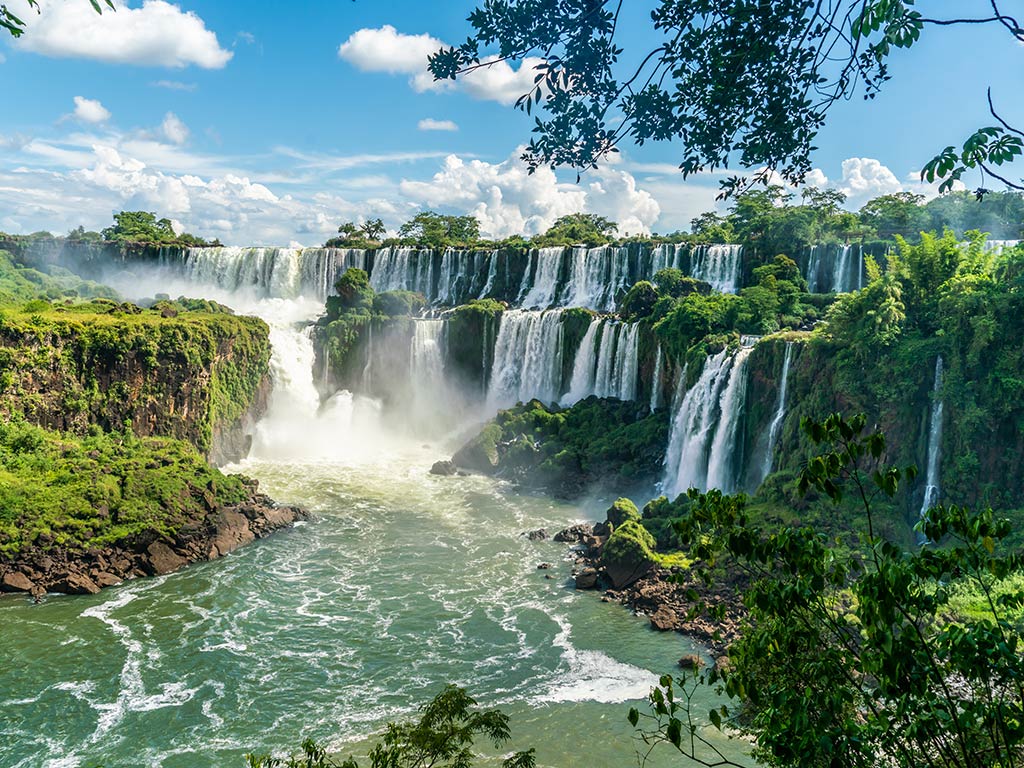
The south of Brazil, with its temperate climate and European-influenced fishing traditions, offers a mix of freshwater and saltwater fishing. Lagoa dos Patos is great for targeting Seatrout and South American Silver Croaker. Venture to the Paraná River and, beyond the Iguazu Falls, you’ll find some good spots to fish for Golden Dorado.
The Iguazu River, located closer to the falls, holds species such as Yacundá and Drum. For fly fishing enthusiasts, the Itajaí-Açu River is a dream, especially if you’re after Rainbow Trout. Lastly, a dive into the waters of Guaratuba Bay might pit you against Whitemouth Croaker and the Brazilian Menhaden. Overall, wherever you are, you’re in for plenty of fun and even more diversity!
Brazil Fishing Seasons
Much like its culture, the fishing calendar in Brazil is active throughout the year. Anglers here are never left wanting.
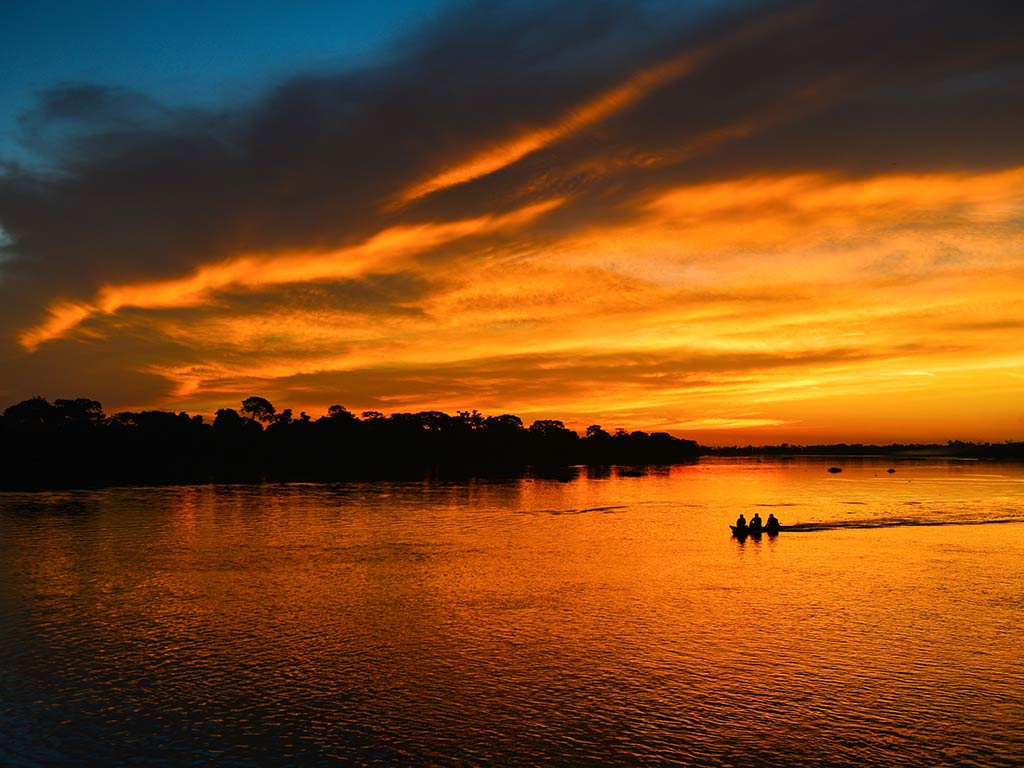
During the summer (from January through March), the Amazon River Basin anglers are busy with the peak season for Peacock Bass. Moving to the Atlantic and the southeastern coasts, especially around São Paulo and Rio de Janeiro, play host to Tuna and Billfish between February and May.
Come fall and the more temperate regions of the South come alive with Golden Dorado – particularly between April and June. This is also a favorable time to explore the waters of Lagoa dos Patos, where Seatrout are biting. Meanwhile, the Northeastern coasts have milder temperatures, making this an excellent period to target Tarpon and Snook in the lagoons and estuaries.
Winter, spanning from July to September, might sound counterintuitive for any angling but, when it comes to fishing in Brazil, it’s a different story. The central-west wetlands, especially in the Pantanal, become a playground for Pacu and Pintado Catfish. Down south, the cold waters of the Itajaí-Açu River see Rainbow Trout respond well to flies.
By the time spring comes to Brazil (between October and December), the Amazon starts receding. At the same time, the coastal regions offer fantastic opportunities for Cobia, King Mackerel, and Barracuda.
Brazil Fishing Rules and Regulations
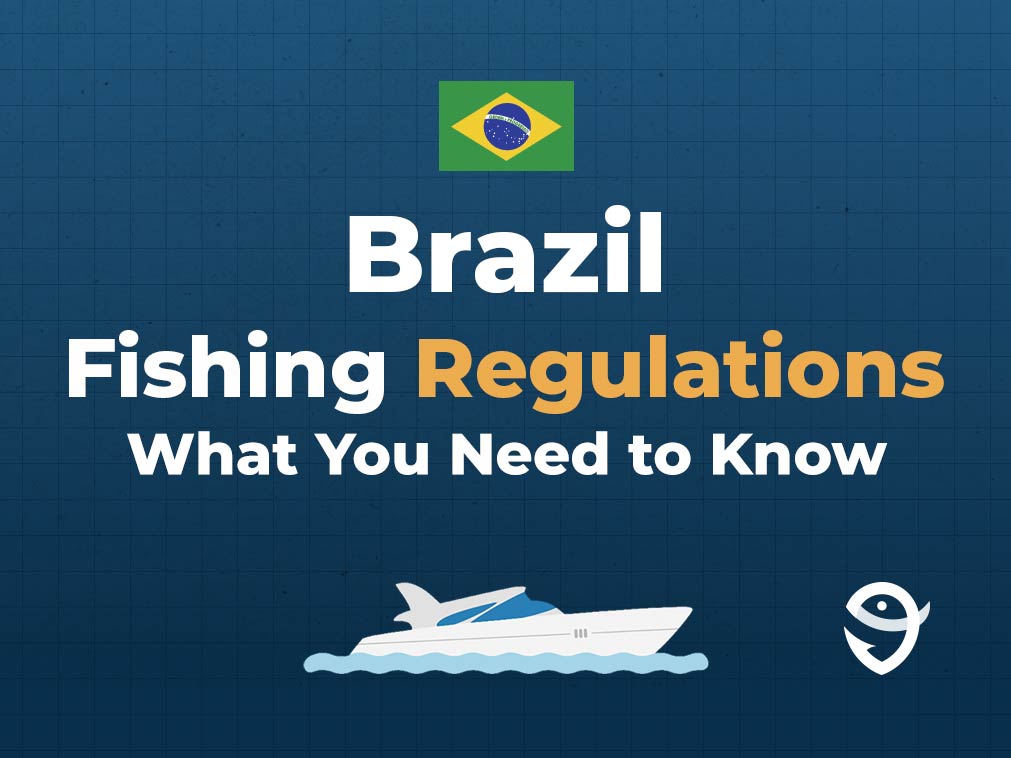
In the land of samba and soccer, the fishing possibilities are vast. It’s no surprise that Brazil has set specific rules and regulations.
- Fishing licenses. Just as in the US, anglers in Brazil require a fishing license, regardless of whether they’re fishing in freshwater or saltwater. There are two main types of licenses: amateur and professional. You’ll probably need the amateur license, which is available online or at any local Brazilian Institute of the Environment and Renewable Natural Resources office. Remember, licenses are usually valid for a year, but shorter durations are also available.
- Bag and size limits. Peacock Bass, for instance, have a bag limit that varies by region, and there are size restrictions to ensure younger fish aren’t taken out of the water. Other species like Arapaima have strict catch-and-release policies in place due to their vulnerable status. Check them out ahead of time or head out with a reputable guide.
- Restricted zones. Certain areas in Brazil are designated as protected zones, prohibiting any form of fishing. These include national parks, marine protected areas, and indigenous lands. Notably, a significant portion of the Amazon Rainforest falls under a protected area where fishing is restricted.
- Catch and release. There’s a growing emphasis on catch and release in Brazil, especially in regions like the Amazon. We suggest you join unless you’re looking for a specific fish to cook.
For the most up-to-date and detailed fishing regulations, including specific size and bag limits, the IBAMA website is your go-to place. Using translation tools or seeking assistance from local fishing guides or charter operators is never a bad idea.
Amazon and Atlantic Adventures: What More Could You Want?
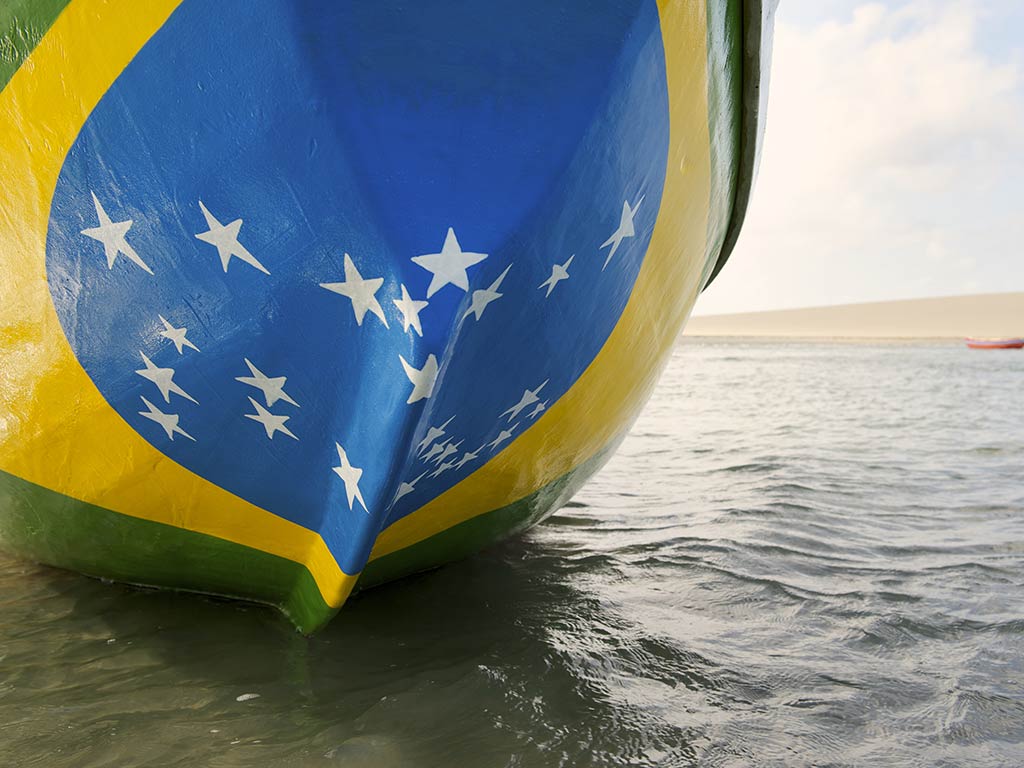
From the depths of the Atlantic to the heart of the Amazon, Brazil’s waters are a mix of challenges and unparalleled beauty. From the energetic samba beats in the streets of Rio to the winds of the Amazon Rainforest, Brazil’s heartbeat is felt everywhere. And it’s no different beneath its waters. Fishing in Brazil is simply wonderful. It’s one of a kind. Now it’s time for you to check it out!
Have you ever been fishing in Brazil? What’s your favorite region? Was it the Amazon that made you fall in love with the country? Let’s chat in the comments below!
The post Brazil Fishing: The Complete Guide appeared first on FishingBooker Blog.
https://fishingbooker.com/blog/brazil-fishing/
 CampingSurvivalistHuntingFishingExploringHikingPrivacy PolicyTerms And Conditions
CampingSurvivalistHuntingFishingExploringHikingPrivacy PolicyTerms And Conditions
